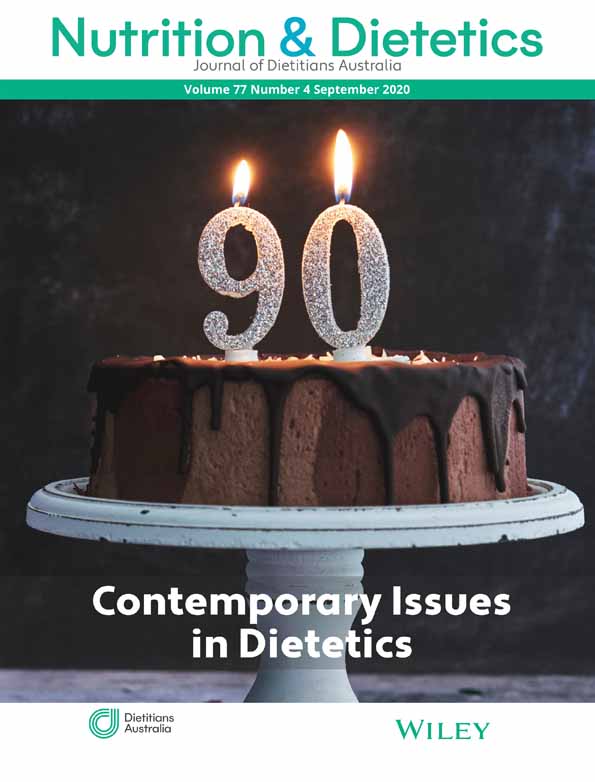Socioeconomic characteristics of mothers and their relationship with dietary diversity and food group consumption of their children
Abstract
Aim
The aim of this study was to analyse the relationship between socioeconomic characteristics of mothers and dietary diversity (DD) as well as food group (FG) consumption of their children in Mexico.
Methods
A sample of 1041 children aged 1 to 4 years from the 2012 Mexican National Health and Nutrition Survey was analysed. DD included nine FG: dairy, meat, egg, fish, fruits, vegetables, legumes, tubers and cereals. For DD as well as for each FG, relative means were estimated from Poisson regressions with covariates of mothers' socioeconomic characteristics such as attained educational level, occupation, Indigenous language spoken, household socioeconomic status and child's characteristics. Standard errors were adjusted to account for data dependencies within primary sampling units.
Results
Children whose mothers had college education were less likely to have low DD (−57%, P < .01) and more likely to consume meat (+27%, P < .05), fruits (+17%, P < .01) and vegetables (+43%, P < .01) compared to children whose mothers had elementary education or none. Children of mothers who speak an Indigenous language had considerably higher (58%, P < .001) probability of low DD than non-Indigenous speaking mothers.
Conclusions
Specific mother characteristics may either limit or facilitate access to nutrient diverse diets. These characteristics should be taken into account for designing public policies geared towards improving diet and nutritional status during the first years of life.
CONFLICT OF INTEREST
The authors declare no conflict of interest.




